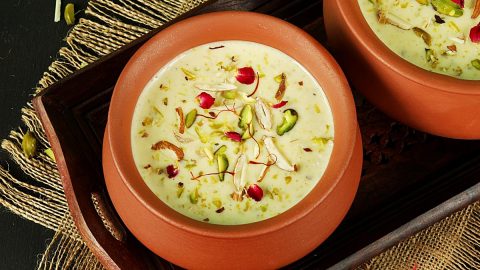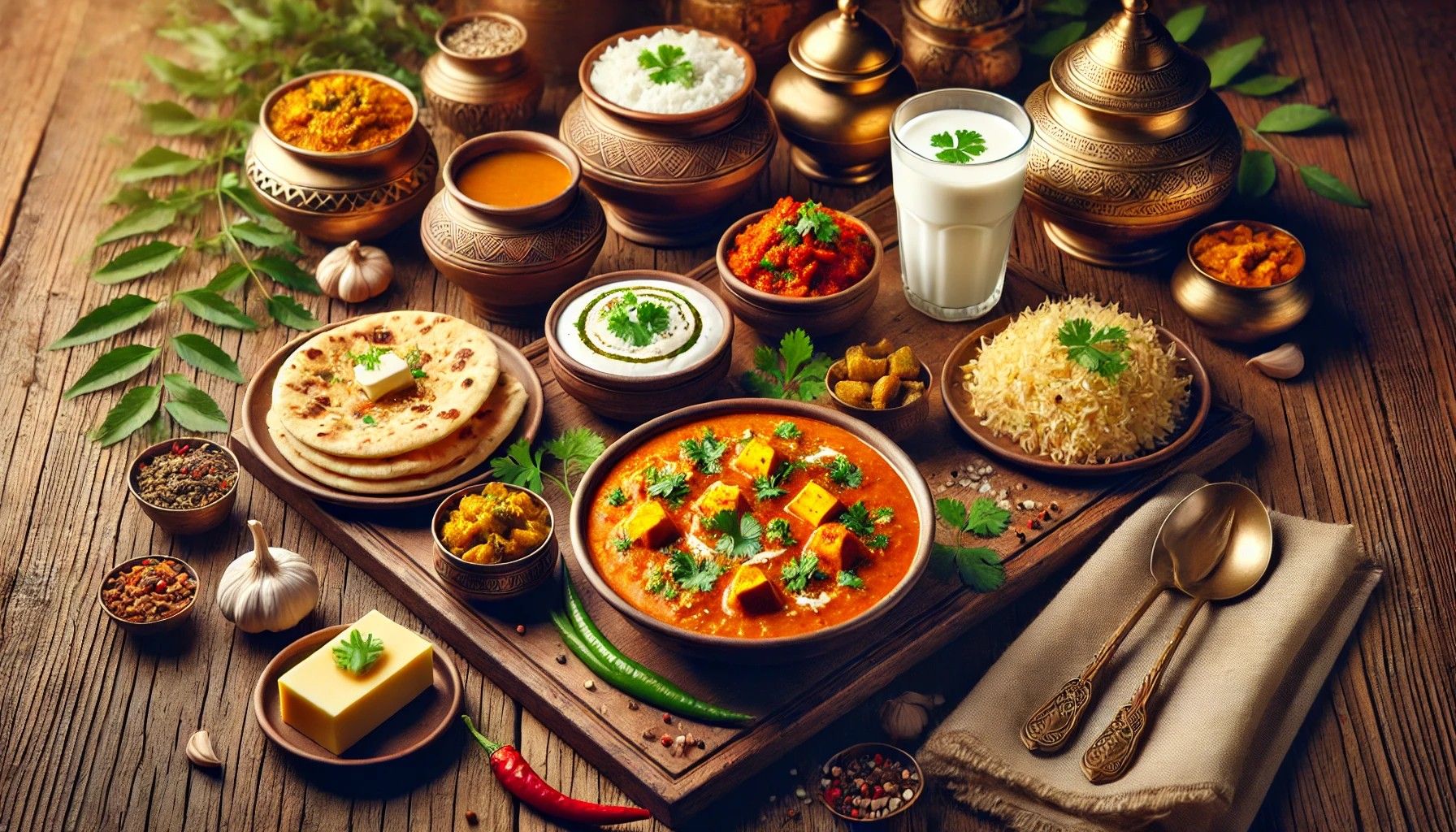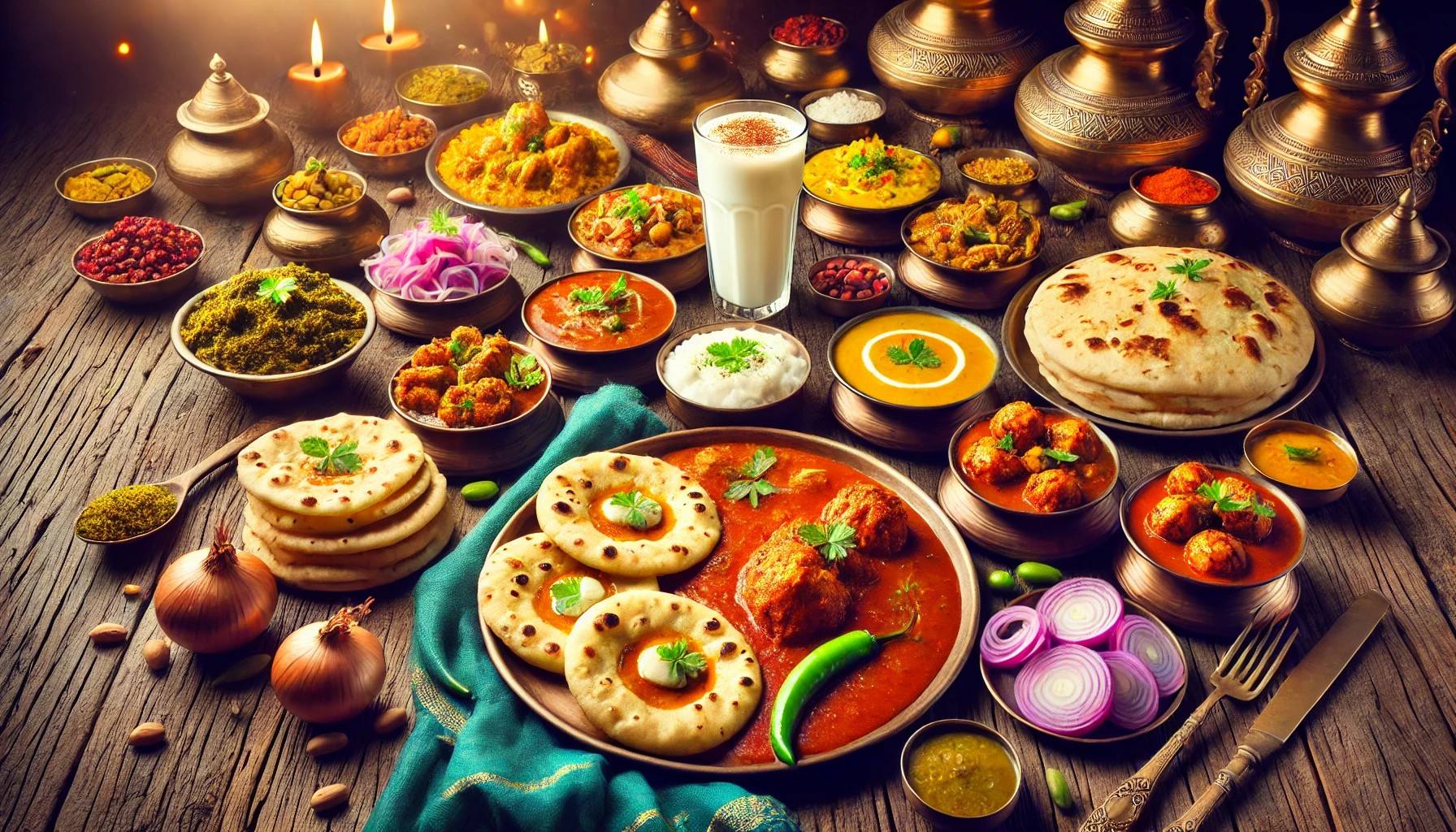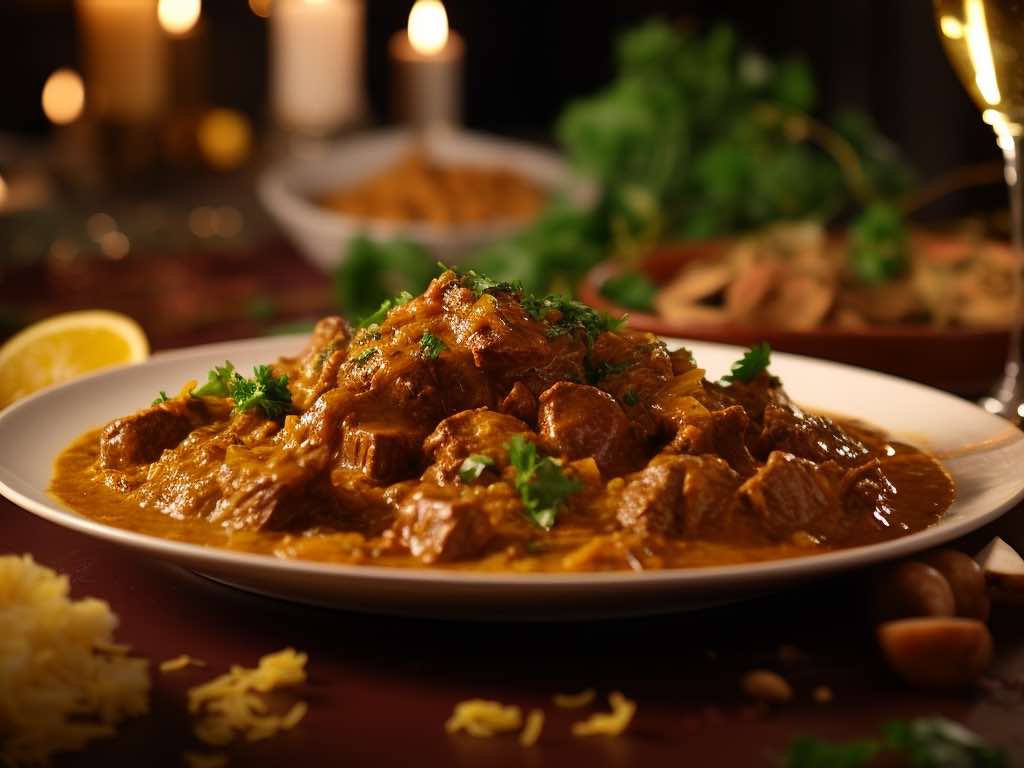Rabri: The Royal Dessert That Defines Indian Sweet Tradition
Few Indian desserts can match the rich flavor and creamy indulgence of Rabri — a traditional sweet dish that embodies the essence of India’s royal culinary heritage. Known for its thick, luscious texture and heavenly sweetness, Rabri (also spelled as Rabdi) is a timeless delicacy made by slowly simmering milk until it thickens and develops layers of malai (cream). Originating from North India, especially Uttar Pradesh, Rajasthan, and Haryana, Rabri has become a beloved dessert across the country and beyond, cherished for its authenticity and luxurious taste.
1. Origin and Cultural Significance
-
A Royal Legacy: Rabri traces its roots back to the royal kitchens of North India, where it was prepared as a symbol of opulence and hospitality. Its slow-cooked process and rich ingredients made it a dessert fit for kings.
-
Festive Importance: Traditionally, Rabri is prepared during major festivals like Holi, Diwali, and Janmashtami, and served at weddings and family gatherings. It is also offered as prasad (holy offering) in many temples, symbolizing purity and celebration.
-
Cultural Connection: In towns like Varanasi and Mathura, Rabri is not just a dessert but a cultural experience. Served in earthen pots (kulhads), it carries a unique earthy aroma that enhances its flavor and authenticity.
2. Key Ingredients and Taste Profile
-
The Essence of Milk: The soul of Rabri lies in full-fat milk, which is boiled and reduced over low flame for hours, allowing it to thicken naturally.
-
Sweetened to Perfection: Sugar and aromatic ingredients like cardamom, saffron, and rose water add a distinctive flavor that sets Rabri apart from other milk-based sweets.
-
Rich Garnishing: Chopped almonds, pistachios, and cashews are sprinkled on top, adding texture and richness. The final dish is creamy, mildly sweet, and layered with soft malai flakes.
3. Variations and Regional Delights
-
Classic Rabri: The traditional version is thick and rich, served chilled as a standalone dessert.
-
Fruit Rabri: A modern twist that includes mango, lychee, or strawberry, making it refreshing and colorful.
-
Basundi (Western India): In Maharashtra and Gujarat, a thinner version known as Basundi shares similar preparation methods but has a lighter texture.
-
Combination Desserts: Rabri is often paired with malpua, jalebi, gulab jamun, or falooda, creating indulgent combinations loved across India.
4. Health and Nutrition Aspects
-
Natural Source of Calcium: Being milk-based, Rabri is rich in calcium, essential for bone health.
-
Protein and Energy Boost: The milk and nuts provide proteins and healthy fats, offering a nutritious indulgence when enjoyed in moderation.
-
Homemade Purity: Preparing Rabri at home ensures natural sweetness and avoids artificial preservatives commonly found in commercial sweets.
5. Modern Popularity and Global Appeal
-
Contemporary Revival: Today, Rabri is not just limited to traditional homes — it features in fine-dining menus, fusion desserts, and global Indian restaurants.
-
Fusion Creations: Chefs are experimenting with Rabri cheesecakes, Rabri mousse, and Rabri shots, combining traditional flavors with modern presentation.
-
Cultural Export: With the rising love for Indian cuisine abroad, Rabri has gained international recognition as a dessert that showcases India’s rich dairy culture and culinary craftsmanship.
Rabri is more than just a dessert — it’s a celebration of India’s sweet-making artistry. Its velvety texture, aromatic flavor, and deep cultural roots make it a dish that transcends generations. Whether served with classic Indian sweets or enjoyed on its own in a clay pot, Rabri captures the true spirit of Indian tradition and indulgence. For anyone with a love for authentic sweets, this royal delicacy remains an unforgettable experience — rich in taste, heritage, and nostalgia.


.jpeg)





